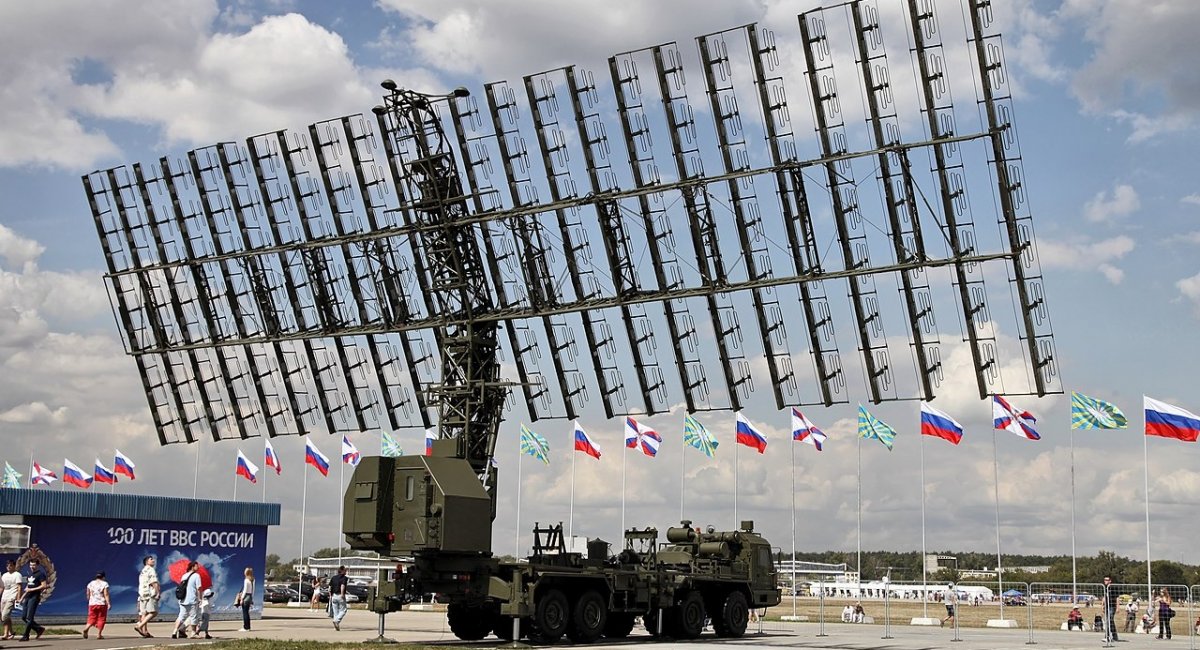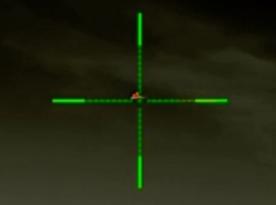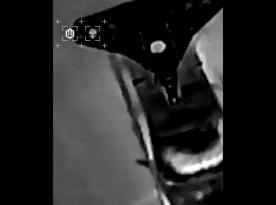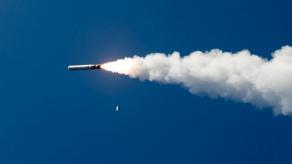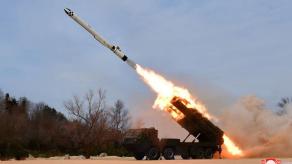According to the Ukraine's Operational Command South post on Facebook, the invaders lost 20 soldiers, a Giatsint-S self-propelled gun, a Msta-S self-propelled howitzer, two S-300 surface-to-air missile systems, a target illumination and guidance radar, a Nebo-M mobile radar system for detecting aerodynamic and ballistic objects, two 120mm towed mortars, and three armored vehicles. The final losses of the enemy are being established.
It should be noted, this is the first time information was spread about loossing on Nebo-M radar system in ukrainian-russian war.
Read more: An Air-launched HARM Missile, a HIMARS Strike or a "Double" SMArt: How the Ukrainians Destroyed a Rare russian Radar (Video)
The Nebo-M or Nebo-ME (in Cyrillic: 55Ж6МЕ «Небо-МЕ») also known as RLM-ME or 55Zh6ME (export version)is an integrated multi-functional radar system that features a multiple programmable multi-band design radars and a central data fusion.
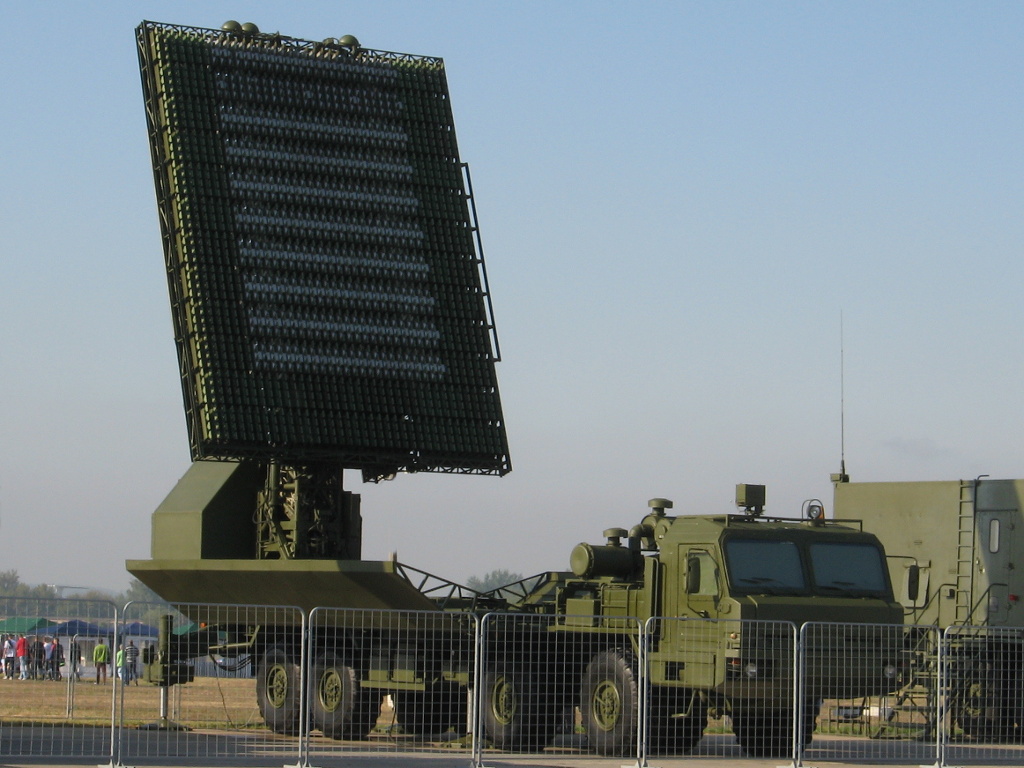
The Nebo M combines three existing 3D radars. Mainly from beginning Nebo-M represent modifications and modernization's of older VHF band Nebo SVU, the L-band Protivnik G and the S/X-band Gamma S1 on mobile chassis called in their newer variants RLM-S, RLM-D, RLM-M and command post KU-RLK. The whole system with maximum number of radars can be deployed in 40 minutes. At minimum deployment with one radar it can not achieve all maximum ranges for detection of all types of air objects but can trace so called stealth aircraft's if deployed RLM-M. All radars from Nebo-M system can be used separately for independent deployment or as pairs in deployments.
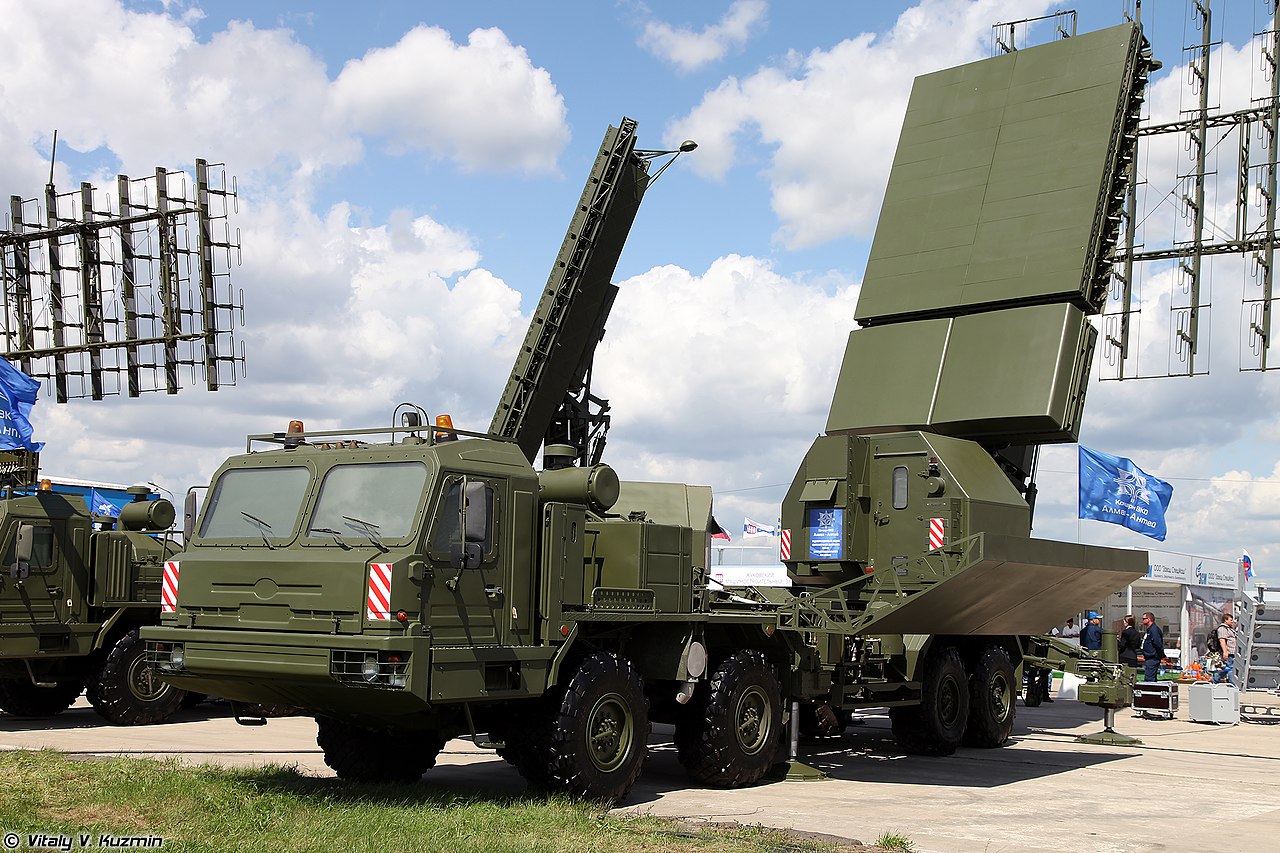
Nebo-M can exchange observed information with antiaircraft missile systems like Pantsir missile system, S-300 and S-400 or others in order to guide them towards threats.
The manufacturer claims this radar system can detect 5th generation aircraft like the F-22 and F-35 and detect long-range ballistic missile launches.
System design was initiated on a mobile chassis in 1999, after NATO countries attacked the Federal Republic of Yugoslavia, in which the stealth F-117 participated - one was shot down by S-125 Neva with help of P-18 radar - Russia started to perceive stealth aircraft as a possible future threat to their security. To counter that threat, they deemed that detection of such aircraft had to be made possible at greater ranges. Production started in 2010 and the system was tested on training grounds in 2011. It was publicly presented in 2012. In 2012-2013 deliveries started to the Russian Armed Forces.

The regular loss to russian radars in Ukrainian-russian war can be associated with the appearance of the AGM-88 HARM anti-radar missile in the Armed Forces of Ukraine: according to the Pentagon, the Ukrainian military launches this missile from its planes.
Read more: Russia lost Four S-300 Air Defense Systems And a Radar Station In the South of Ukraine: Operational Command Report




